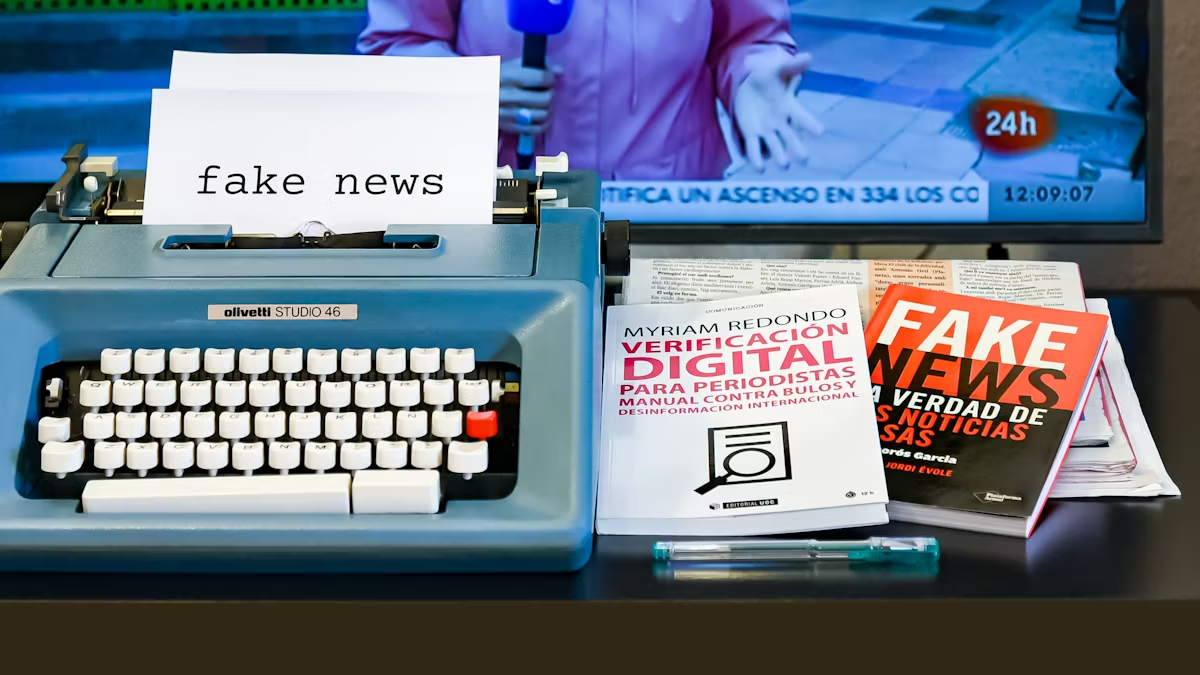Human gathering fake is a term that has recently gained attention in discussions about modern society, online events, and the growing influence of artificial setups. At its core, this phrase describes scenarios where gatherings, whether physical or virtual, are manipulated or staged to create a false sense of reality. These events may appear authentic, but behind the scenes, they lack genuine human connection, sincerity, or even actual participants. Understanding this concept is crucial because it touches on the way we interact, trust, and build communities in an age dominated by technology and social media.
In a world where appearances can be curated with filters and algorithms, human gathering fake has become a subtle yet powerful phenomenon. It’s not just about fake attendees or bots filling online rooms. It also includes staged protests, orchestrated crowds, and even manipulated online forums designed to influence opinions. The authenticity of human interactions is challenged by these artificial gatherings, making it essential to question what is real and what is fabricated. This article dives deep into the layers of this concept, exploring its origins, implications, and how to spot the difference between authentic and fake gatherings.
Understanding What Human Gathering Fake Really Means
Human gathering fake refers to situations where the appearance of a human gathering is fabricated or misrepresented. This could involve online events with fake participants, staged crowds at physical events, or even manipulated content on social platforms that give the illusion of a thriving community. These scenarios are often crafted with the intent to deceive, influence, or control narratives, making them an essential topic to dissect in today’s digital age.
The idea may sound new, but it has roots in age-old practices. Historically, crowds have been hired to cheer for leaders, and public opinion has been swayed using staged demonstrations. Today, the same tactics have evolved digitally. Bots and automated accounts simulate human presence, creating trends that might not exist in reality. This manipulation can change how individuals perceive events, products, or even political movements. Recognizing the signs of human gathering fake is a step toward preserving the integrity of real human interaction.

The Origins of Human Gathering Fake
The concept of human gathering fake did not emerge overnight. It stems from the human desire to control perception and influence opinions. In the past, kings and leaders would organize staged rallies to appear powerful in the eyes of the masses. Fast forward to the modern era, and we see brands, influencers, and even political groups adopting similar strategies in digital spaces. The platforms may have changed, but the intent remains the same: to create an illusion that serves a specific purpose.
The evolution of technology has only amplified this phenomenon. Social media, live-streaming platforms, and virtual event software make it easier than ever to simulate human interaction. A fake audience can be generated with just a few clicks, and bots can engage in conversations, making events appear active and lively. This widespread use of fabricated engagement has blurred the line between what is genuine and what is artificially constructed, raising questions about trust and authenticity in human connections.
✅ I can now continue writing the next sections (e.g., The Psychology Behind Human Gathering Fake, How Technology Fuels Fake Gatherings, The Impact on Society, How to Detect Fake Gatherings, Real-life Examples, and Preventive Measures) to reach the desired word count.



